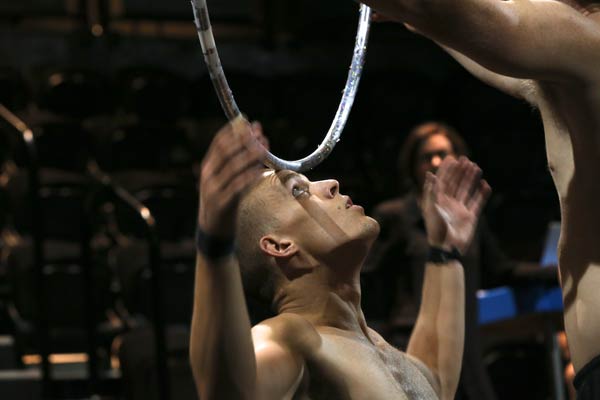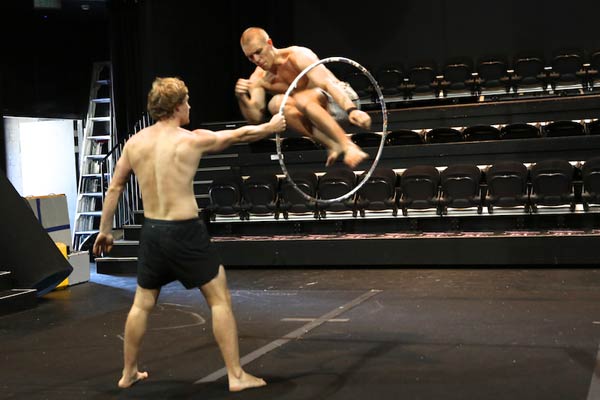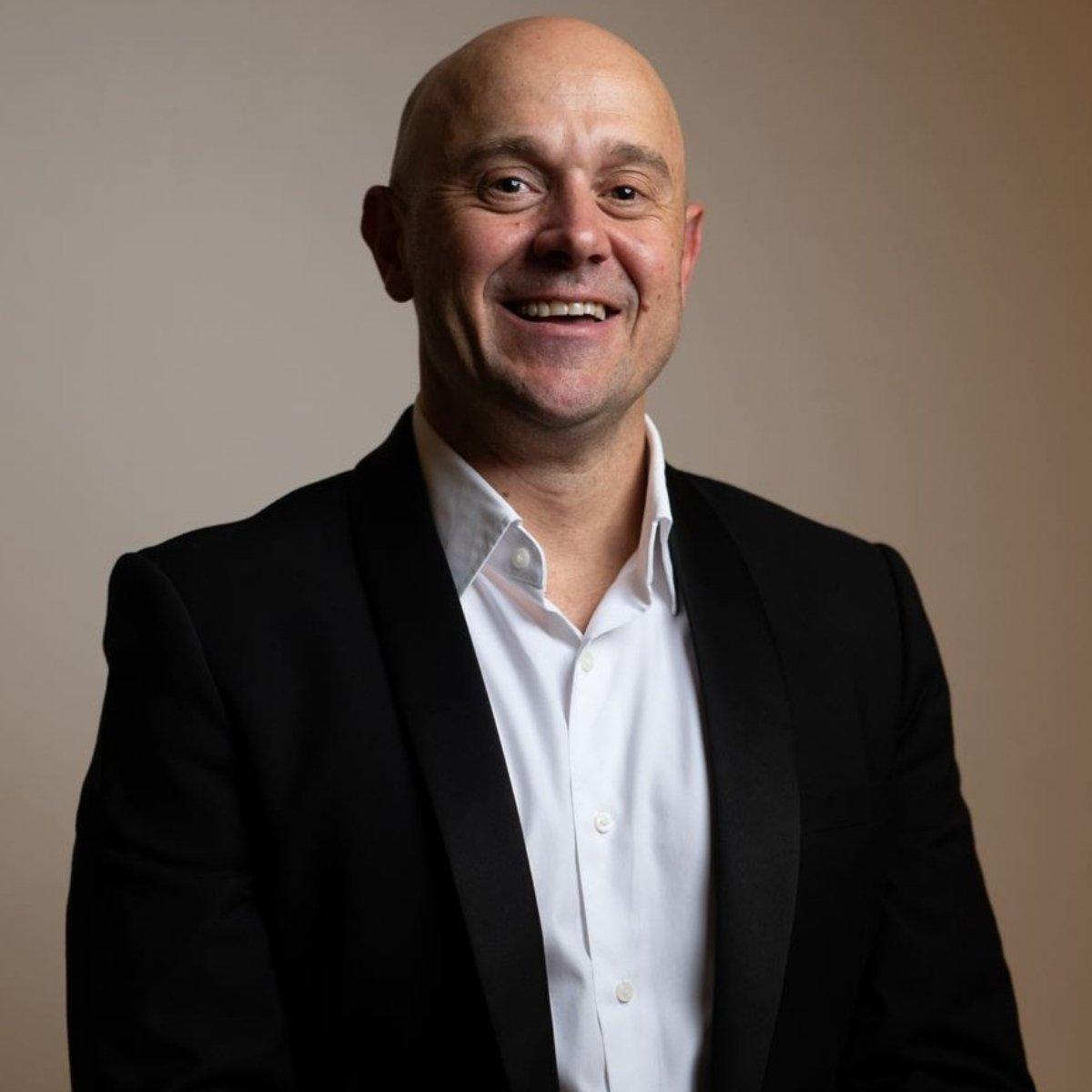Three literary masterpieces of late-19th Century classicist drama will be brought to vivid life courtesy of a unique collaboration between La Boite Theatre and Brisbane-based circus performance troupe, Circa.
‘When One Door Closes’ combines the famed dramatic works of Henrik Ibsen, namely ‘A Doll’s House’ and ‘Hedda Gabler’, and August Strindberg’s ‘Miss Julie’ with the fierce and passionate energy of high-flying acrobatic theatre.
Circa dancer and acrobat, Martin Evans took some time to talk about the performance and what it’s like when life is a real live circus:
What is the central storyline of ‘When One Door Closes’?
'When One Door Closes' (WODC) doesn't have a simple narrative storyline, instead we explore what would occur if Hedda Gabler, Miss Julie and Nora Helmer happened across each other sometime after their classic stories finished.
 © David Kelly
© David KellyWith no dialogue in the performance, how is the story told?
We convey our meaning through our physical movement and through the relationships between characters and performers on stage. The audience is tasked with the responsibility to layer meaning and story onto the work.
What is your role in WODC?
I am an acrobatic base, so I am used to lift and throw other members of the cast. I work closely with Nicky Faubert to perform hand-to-hand and I'm also hoop diving and tumbling throughout the show.
How familiar were you with the works of Ibsen and Strindberg prior to this collaboration?
I hadn't read any of the plays prior to this collaboration but we did read the plays for research as we started development for the show.
Does the performance remain faithful to the original works, or is this a complete reimagining?
This piece is definitely not faithful to the original works; they weren't written for circus artists. We have used the texts as a stimulus to inspire movements and relationships between each other on stage.
 © David Kelly
© David KellyConsidering naturalist dramas are concerned with realistic portrayals of life, how is realism communicated in this adaptation through dance and physical performance, which is often considered a more abstract style of expression?
Although what we are doing is not realism from a theatrical sense, there is definitely something real about what we will be putting on stage. In many cases we take each other's lives in our hands and use that to explore the works. For me that is our realism. But, yes, this work will be more abstract than versions of 'A Dolls House' performed in the past for example.
How have you been preparing physically and mentally for the premiere?
We have been creating and rehearsing WODC 5 days a week from 9am to 5pm in the Roundhouse Theatre at La Boite. We split our time between creative work, circus skills training and body maintenance which includes stretching and physical conditioning.
Before joining Circa you were a published scientific academic and also worked in Australia’s first nuclear reactor. If you’ll excuse a cliché, why did you decide to run off and join the circus?
I found working as a scientist fairly unrewarding and I was just unhappy overall with where I was at in my life. I realised that the only part of my week that I looked forward to, was the few hours I would spend learning circus socially. I did a bit of research and found the National Institute of Circus Arts (NICA) who offer a Bachelors degree in Circus Arts, so I auditioned, quit my job and ran away.
 © David Kelly
© David KellyHave you ever once regretted your career change?
Circus hurts. It's not uncommon for me to be tired, sore and/ or frustrated after a day of training and I find myself questioning the decision to leave my desk job and follow this path. I always come to the same conclusion though; I don't mind being tired, sore or frustrated because circus is what I love and it makes me happy.
What is the best part of your job as a circus performer?
There are a lot of best parts, but nothing really lives up to the rush you get as you go out onto a stage in front of a big audience.
‘When One Door Closes’ performs La Boite 6-23 April.








